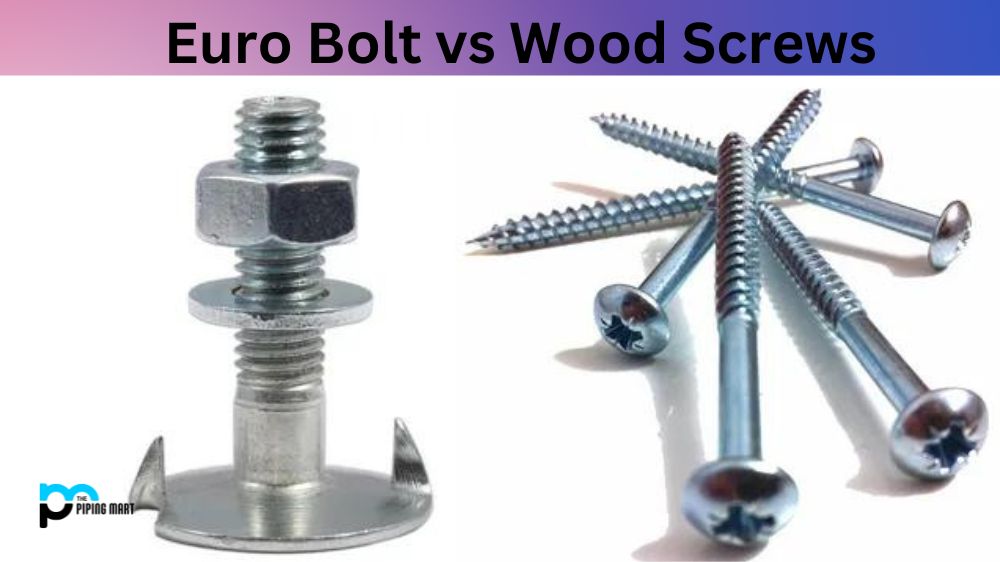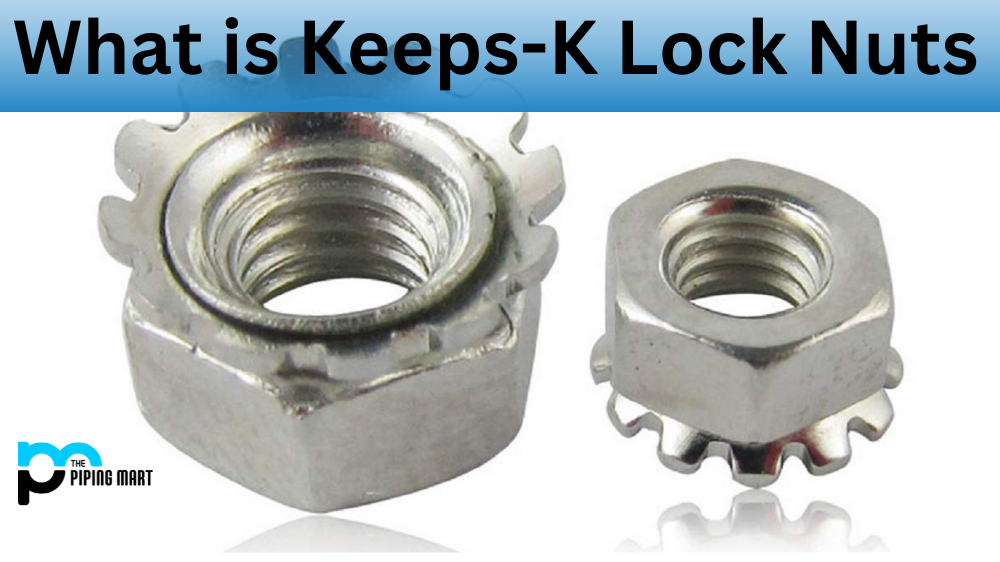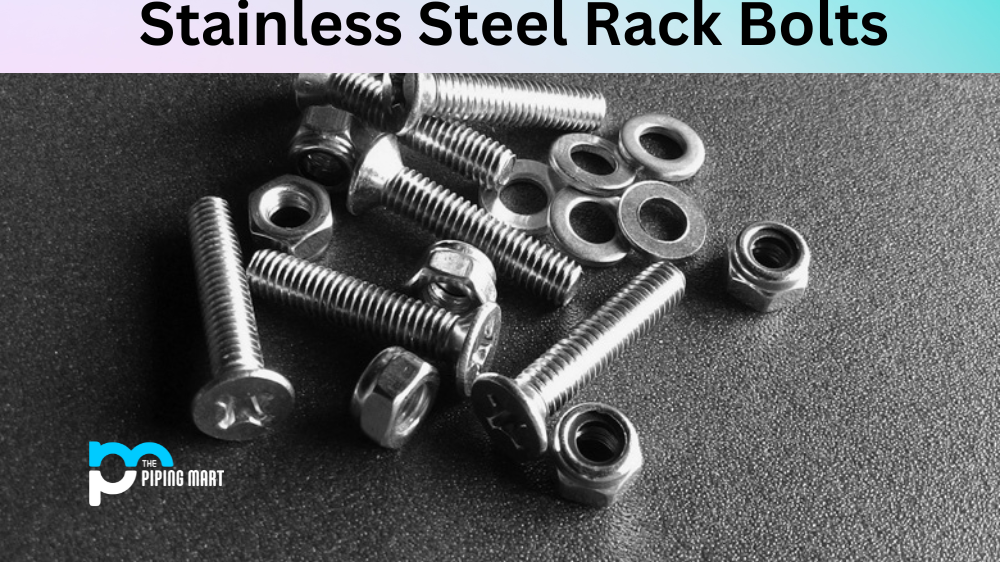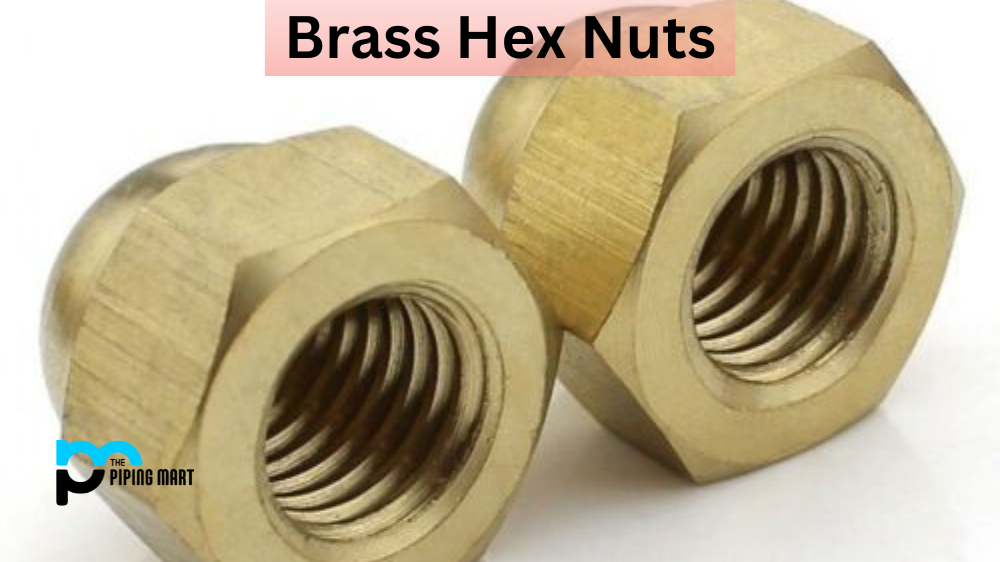When it comes to fastening different types of materials together, various options are available. Two common options include euro bolts and wood screws. Euro bolts and wood screws might look similar at first glance, but the major differences between these two fasteners make them suitable for different purposes. As an expert in the field, I’ll explain the differences between euro bolts and wood screws and offer guidance on when each fastener is best used.
Euro Bolt
Euro Bolt is a high-strength, clinching fastener designed for thin steel and aluminium use. It was developed as an alternative to traditional threaded fasteners such as metal screws. Euro Bolt offers superior strength and vibration resistance, with its mechanical interlock providing consistent long-term performance. The unique design also allows for simple installation without drilling or welding. This makes it suitable for many applications where cost or time savings are desired compared to traditional methods. As the name suggests, this type of fastening solution is most commonly used in Europe, but it has become increasingly popular worldwide due to its increased efficiency and reliability.
Wood Screw
A wood screw is a fastener with a thread on one end and an unthreaded shank on the other. It is installed in pre-drilled holes into wood and tightened by turning the head of the screw with a screwdriver or drill bit. Wood screws come in different sizes, lengths, materials, and head types, such as flat head, countersunk or oval head. They are commonly used to secure two pieces of wood together but can also be used with metal components or plastics. Wood screws are widely preferred over nails because they provide superior strength and are easier to install due to their self-tapping capabilities. Difference Between
Difference Between Euro Bolt and Wood Screw
Design
Euro bolts tend to have a more complex design compared to wood screws. Euro bolts usually consist of a washer, a bolt, and a nut, while wood screws are just that – a screw. The design of euro bolts makes them better suited for heavy-duty applications where a significant amount of pressure will be applied to the joint. In contrast, the simplicity of wood screws makes them versatile and easy to use in a wide variety of applications.
Material
Euro bolts are typically steel-constructed and often treated to resist corrosion. Steel euro bolts are incredibly strong and are well suited for applications where a lot of weight or force will be applied to the joint. While wood screws can also be made from steel, they are more commonly found in materials like stainless steel, brass, or copper. These materials are preferred for wood screws because they resist rust and staining, making them ideal for use with wood.
Usage
Euro bolts are intended for use with heavy-duty applications that require a lot of strength, such as in the construction of buildings, bridges, or machines. Wood screws are used in applications requiring a tight fit, and the joint will not be subjected to much force. Typical uses for wood screws include furniture building, cabinetry, and woodworking projects.
Size and Length
Euro bolts come in specific lengths, which makes them ideal for use in construction applications where precise measurements are required. In contrast, wood screws are commonly available in various sizes and lengths, making them versatile and easy to use in many applications.
Installation
Finally, euro bolts require a specific installation process that usually involves using a wrench or socket set to secure the nut. In contrast, wood screws can be installed with a simple screwdriver. This difference in installation methods makes euro bolts more time-consuming and more secure.
Conclusion:
Euro bolts and wood screws might look similar at first glance, but they have vastly different applications and designs that make them suitable for specific tasks. As an expert in the field, I hope this article has helped you to better understand the differences between euro bolts and wood screws. Understanding these differences will help you choose the right fastener for your specific project, saving you time, money, and effort in the long run.

A passionate metal industry expert and blogger. With over 5 years of experience in the field, Palak brings a wealth of knowledge and insight to her writing. Whether discussing the latest trends in the metal industry or sharing tips, she is dedicated to helping others succeed in the metal industry.




